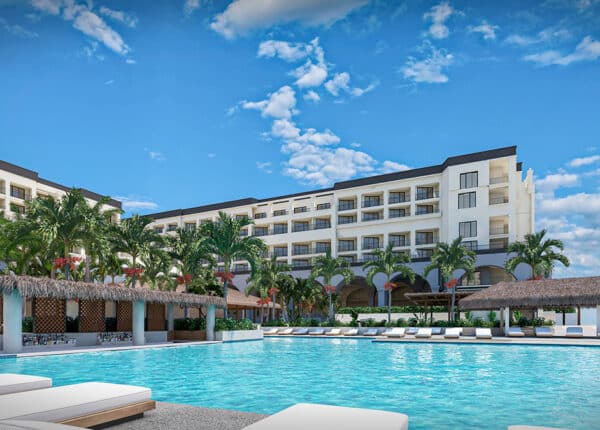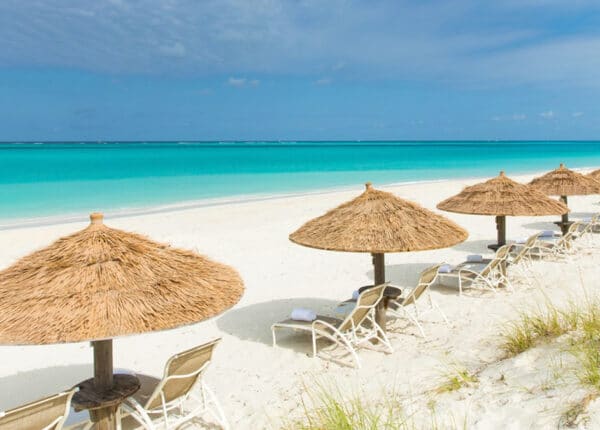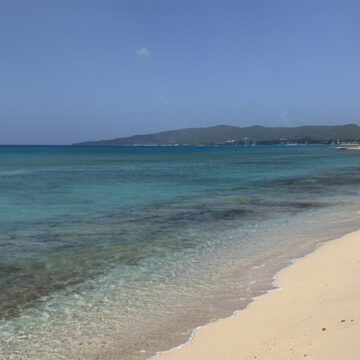Op-Ed: Solar Energy and the Caribbean’s Economic Future
By Paul Hay
Op-Ed Contributor
According to the Energy Policy and Sector Analysis in the Caribbean (2010 – 2011), the “Caribbean islands have the potential to lead the world to a new energy future.”
Research on this paper was the cumulative effort of the Department of Sustainable Development, in the Organization of American States (OAS), National Renewable Energy Laboratory, and the Renewable and Appropriate Energy Laboratory, of the University of California (Berkeley).
It assessed the Bahamas and nine Eastern Caribbean Islands, namely: Antigua and Barbuda, Dominica, Grenada, St Lucia, St Kitts and Nevis, St Vincent and the Grenadines; and made note of the availability of extensive solar and wind resources and geothermal potential in several of the Eastern Caribbean islands.
However, it also recognized that use of fossil fuels would remain significant over the long term because all islands were signatories to the PetroCaribe Accord, under which Venezuela supplies oil to them on concessionary terms.
Winston Hay, author of Energy Cost and Our Economic Future: Can Jamaica Reduce Electricity Costs? in the Mona Business School (MSB) Business Review, Nov/Dec 2011, states that the limitation of most renewable energy sources is their inability to consistently generate electricity on a 24-hour basis.
He indicates that the real benefit of renewable energy is in its use of indigenous energy sources and promotion of a cleaner environment, but cautions that it is currently unlikely to result in lower electricity rates. In other words, renewable energy generated under the prevailing state-of-the-art technology is unlikely to reduce our electricity bills below the current electricity rates, without energy conservation. More specifically, Mr Hay states that “Solar Energy is unlikely to become economic for grid supplies in the near future, despite the intensive research being undertaken internationally.”
Grid-connection is the most economic use of solar energy. It feeds electricity into the electric grid, which requires a licence, and must allow for the grid to provide electricity in the night, when there is no sunlight. Use of solar energy in the Caribbean should not be discouraged.
Rather, our effort at energy conservation cannot wane, but must intensify. Solar energy provides a means of import substitution, whereby valuable foreign exchange can be saved by use of this indigenous source and, coupled with energy conservation, dependence on the use of fossil fuels will be reduced. Our balance of payment accounts should improve; our foreign debt and liability reduce under the PetroCaribe Accord to finance purchase of the fossil fuels;, and the environment in our tourism-dependent economies can be protected.
The former paper seems to corroborate that use of solar energy will not reduce the electricity rates. It indicates that a peak of only 174 kW of solar power was generated in the 927 MW of peak energy demand experienced in the target islands in 2010, but there was potential for use of 205 MW of solar electric energy.
The 2010 electricity rates varied from a low of 21 US cents/kWh in St. Kitts and Nevis to 46 US cents/kWh in Dominica, with the mean being 33 US cents/kWh: which is also the mid-range value for the Caribbean at large, based on a 2011 survey by the Caribbean Electric Utility Service Corporation (CARILEC).
Local rates for solar energy were unavailable, so the researchers made reference to rates of the Pacific Islands: where electricity generated from grid-connected solar photovoltaic (PV) panels costs between 35 – 70 US cents/kWh, from large-scale solar PV with battery storage 75 US cents/kWh, and from off-grid solar PV between US$1.50 – US$2.50/kWh.
So, only grid-connected solar PV (which cannot provide electricity at night), could provide electricity at a rate equivalent to the mean rate stated above; and electricity bills would not fall at those rates.
On the Web site of the Petroleum Corporation of Jamaica (PCJ), a page titled “Solar Power in Jamaica” states that the amount of direct solar radiation received by the island is equivalent to five-times the annual energy requirement, but only 1 percent of that requirement is actually provided by solar energy.
The Jamaican government recently invited proposals for the connection of 115 MW of renewable generating capacity to the national grid on a build, own, operate basis. The acceptable rate specified for solar energy was 26.73 US cents, compared to 40 US cents currently being charged for public electricity supply in Jamaica.
Roger Chang, president of the Jamaica Solar Energy Association (JSEA), in commenting on the process, stated that the rate was reasonable and there was interest, but many investors, including the members of his association, had not placed bids because the conditions were not attractive enough.
This observation is particularly relevant to local investors who lack experience in financing and installing systems of that scale. Whether there will be any successful bids for solar energy is left to be seen, and how their rates will compare to the new LNG plants that are to be installed is another matter.
Typical diesel/oil plants in the islands studied have thermal efficiencies ranging from 30 – 40 percent, but some Jamaican plants are over 30-years old and have thermal efficiencies of 28%. But, the new LNG plants are expected to be significantly more efficient. Also, peak use of electricity occurs at night in Jamaica, so if grid-connected solar PV installations provided most of the 12.5 percent of renewable energy sources planned for 2015 the electricity rates would still not be significantly reduced.
I have noticed a regional effort to implement renewable energy options, but the effort to effect energy conservation seems to have been left to the CARICOM Regional Organization for Standards and Quality (CROQ), which for the last decade has sought to establish regional building standards, based on the International Building Code.
It is a misconception that use of renewable energy, and solar energy in this instance, will allow us to continue disregarding energy efficiency and conservation. Compliance with modern energy codes, for instance, permit energy usage to be reduced by as much as 30 percent without use of renewable energy.
Energy efficiency and conservation will also reduce the need for increased generating capacity allowing reduction of the costs associated with supply and installation of power plants. As was stated earlier, use of renewable energy is unlikely to reduce our electricity bills below the current rates, but foreign exchange can be saved by use of an indigenous energy source, such as solar energy, and coupled with energy conservation, dependence on the use of fossil fuels can be reduced.
Paul Hay is the founder and manager of Paul Hay Capital Projects.
Note: the opinions expressed in Caribbean Journal Op-Eds are those of the author and do not necessarily reflect the views of the Caribbean Journal.







